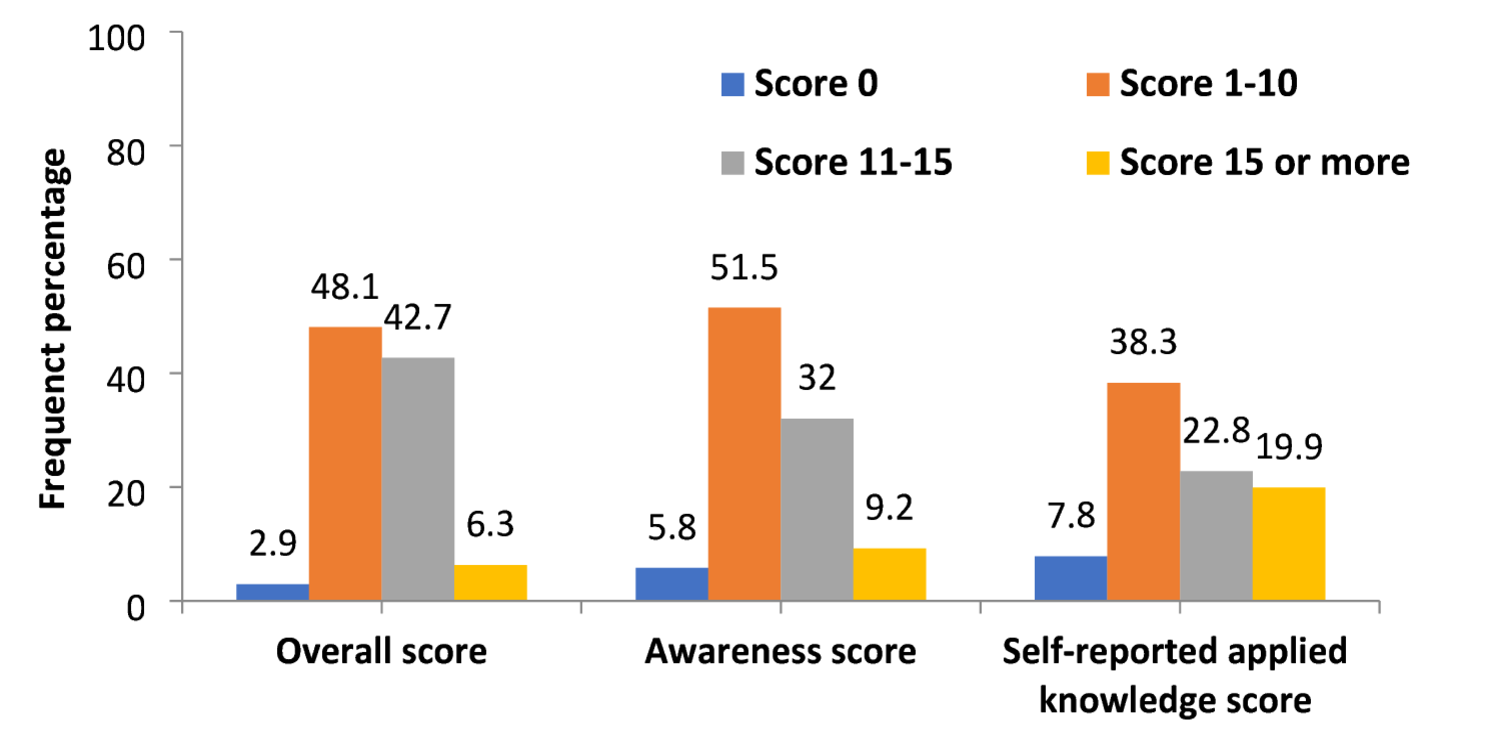- Surging Power Costs Are Putting the Squeeze on Customers The Wall Street Journal
- US electricity bills increased by 11% in Trump’s second term, data shows The Guardian
- Warren, Markey, Merkley Press Trump on Failure to Address American Families’ Rising Electricity Costs Merkley (.gov)
- 13 Action News: The Cost of Energy WTVG
- Electricity Prices Have Grown in Line with Overall CPI Apollo Academy
Author: admin
-
Surging Power Costs Are Putting the Squeeze on Customers – The Wall Street Journal
-

Coca-Cola recalled potentially contaminated cans. Investors didn’t blink — could the same scandal sink a small business?
Thousands of cans containing Coca-Cola products have been recalled due to potential metal contamination.
The affected Coca-Cola Zero Sugar, Coca-Cola and Sprite cans fell under a Class II recall, which the Food and Drug Administration (FDA) uses to describe products that “may cause temporary or medically reversible adverse health consequences or where the probability of serious adverse health consequences is remote.”
Recalled products can be identified using the following codes:
-
Coca-Cola Zero Sugar 12-ounce can (12 pack) / Codes: 49000042559 and FEB0226MAA
-
Coca-Cola Zero Sugar 12-ounce can (35 pack) / Codes: 49000058499 and FEB0226MAA
-
Coca-Cola 12-ounce can (24 pack) / Codes: 49000012781 and JUN2926MAA
-
Coca-Cola 12-ounce can (35 pack) / Codes: 49000058468 and JUN2926MAA
-
Sprite 12-ounce can (35 pack) / Codes: 49000058482 and JUN2926MAA
-
Sprite 12-ounce can (12 pack) / Codes: 49000028928 and JUN2926MAA
-
Sprite 12-ounce can (12 pack) / Codes: 49000028928 and JUN3026MAB
According to TODAY, a company spokesperson said that the recalled products were only distributed in Texas, specifically in the Rio Grande Valley and San Antonio, and that all affected products have been removed from store shelves. (1)
It seems in this case the harm done to the public was limited, but product defects are no joke, and can result in serious harm to consumers and companies. So, how will this recall impact Coca-Cola?
Whenever a recall of a given product is announced, there’s the risk that it could damage the brand’s reputation and prompt consumers not to buy it. If a bad product causes injury, it could also result in legal action. It’s common for a company’s stock price to fall following negative news of any sort, and a recall fits that category.
The bottling plant that sent out the affected Coca-Cola cans initiated a recall on Oct. 3, and FDA labelled it a Class II recall on Oct. 20. Shares of Coca-Cola remained pretty flat in the days following Oct. 3. The day after the FDA’s classification, shares of Coca-Cola actually rose to their highest level in October at the time. And while they’ve retreated since, as of Oct. 29, they’re pretty much exactly back where they were on Oct. 20.
Continue Reading
-
-

Is Fortnite down? Simpsons update, maintenance schedule and more | Esports News
Fortnite players around the world are experiencing server downtime today as Epic Games is rolling out the highly anticipated Simpsons collaboration. This scheduled maintenance began on Saturday, November 1, at 11:30 AM ET.The maintenance break…
Continue Reading
-

Where the Nexperia auto chip crisis stands now
The logo of Chinese-owned semiconductor company Nexperia is displayed at the chipmaker’s German facility, after the Dutch government seized control and auto industry bodies sounded the alarm over the possible impact on car production, in Hamburg, Germany, Oct. 23, 2025.
Jonas Walzberg | Reuters
Netherlands-based chipmaker Nexperia is at the heart of a standoff between the European Union, the U.S. and China that has triggered a near-crisis for global automakers.
The Dutch government seized control of Nexperia, owned by the Chinese company Wingtech, in October, citing national security concerns. The move prompted Beijing to block Nexperia products from leaving China.
Meetings are underway in Europe Saturday to attempt to defuse the escalating issue, and Chinese and U.S. authorities appear to be opening up a pathway for Nexperia’s China-based operations to resume exporting critical automotive chips.
For now, however, the auto industry’s supply chain still hangs in the balance.
The dispute is threatening vehicle production worldwide as automakers warn of looming shortages of the chipmaker’s components, which are critical to basic electrical functions in cars and challenging to replace on short notice.
The battle has unfolded amid heightened scrutiny of Chinese-linked tech firms from Western governments, including the U.S., which recently tightened export-control rules to limit technology transfers to Chinese-owned entities.
Nexperia’s owner, Wingtech, was put on a U.S. blacklist in December 2024 for its alleged role “in aiding China’s government’s efforts to acquire entities with sensitive semiconductor manufacturing capability.”
Here’s what to know about where the dispute stands, and why it matters.
Why are Nexperia chips so important?
Nexperia manufactures billions of so-called foundation chips — transistors, diodes and power management components — that are produced in Europe, assembled and tested in China, and then re-exported to customers in Europe and elsewhere. Around 70% of chips made in the Netherlands are sent to China to be completed and re-exported to other countries.
The chips are basic and inexpensive, but are needed in almost every device that uses electricity. In cars, those chips are used to connect the battery to motors, for lights and sensors, for braking systems, airbag controllers, entertainment systems and electric windows.
Nexperia had sales of $2 billion last year.
In late October, automakers, such as Volkswagen, Nissan Motor and Mercedes-Benz, sounded the alarm about potential production cuts if Nexperia’s chip exports are curtailed for long.
While automakers typically have some stockpiles and alternative suppliers, it is difficult to switch supply sources overnight.
What happened and where do things stand?
In September, the Dutch government invoked a Cold War-era law to effectively take control of Nexperia, amid concerns that its Chinese owner was planning to shift intellectual property to another company it owned. A Dutch court also suspended Nexperia CEO, Wingtech founder Zhang Xuezhen, citing mismanagement.
Beijing retaliated weeks later by imposing export controls on certain Nexperia products made in China, escalating tensions and fueling fears of a broader supply chain shock. That prompted the company to tell carmakers it could no longer guarantee supplies.
But signs of a breakthrough have started to emerge.
On Friday, reports said the U.S. plans to announce that Nexperia will resume sending chips under a framework agreement reached during talks between President Donald Trump and Chinese leader Xi Jinping, citing sources familiar with the matter. And on Saturday, China said it will exempt some Nexperia chips from its export ban. Chinese officials did not specify what those exemptions could entail.
“We will comprehensively consider the actual situation of the enterprise and exempt eligible exports,” The Chinese Commerce Ministry said in a statement.
If finalized, the exemptions could ease immediate pressure on automakers. But the broader dispute over ownership, technology control and security oversight remains unresolved.
Continue Reading
-
Buffett’s Berkshire Cash Hits $382 Billion, Earnings Soar – Bloomberg
- Buffett’s Berkshire Cash Hits $382 Billion, Earnings Soar Bloomberg
- Berkshire Hathaway’s cash reserves reach a record $381.67 billion Bitget
- AP Business SummaryBrief at 1:28 p.m. EDT The Joplin Globe
- Legendary investor Warren Buffett marks 3 straight years as a net seller of stocks with a new CEO about to take charge at Berkshire Yahoo Finance
- Berkshire Hathaway Q3 results: Profit jumps 17% to $30.8 bn as Buffett readies exit; Greg Abel set to tak The Times of India
Continue Reading
-

Bowhead whales can live for centuries – and we finally know how
Bowhead whales can live past 200 years, yet they rarely show the wear and tear we expect from such long lives.
A new study tracks that staying power to a protein that helps fix dangerous breaks in DNA, offering a fresh way to think about healthy…
Continue Reading
-

European live updates: Burnley-Arsenal, Forest-Man United
It’s a new month, and there’s another new weekend of action across Europe!
We kick things off in the Premier League with two big clashes as league leaders Arsenal visit Burnley, while
Continue Reading
-

Your next Android phone could get unmatched speed, but it comes at a price
What you need to know
- Qualcomm could allegedly skip the traditional 2nm process for TSMC’s advanced N2P, enhancing performance and reducing power consumption.
- Snapdragon 8 Elite Gen 6 could support LPDDR6 RAM and UFS 5.0 storage for improved…
Continue Reading
-

Masterful medieval RPG Mount and Blade 2 is about to take to the sea, and I can’t wait to smash up some ships
Tired of trudging your troops up hills and through muddy marshes? The new Mount and Blade 2: Bannerlord – War Sails expansion could make one of the best RPGs and best medieval games around, well… better. War Sails turns your soldiers…
Continue Reading
-

Enhancing dental trauma management: insights into physical education graduates’ knowledge and performance | BMC Oral Health
Methodological considerations
While this study aimed to assess both awareness and practical competencies among physical education graduates, it is important to clarify that performance scores reflect self-reported applied knowledge, not real-time…
Continue Reading